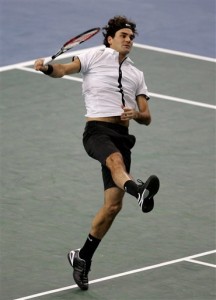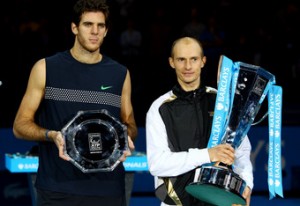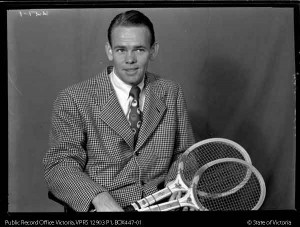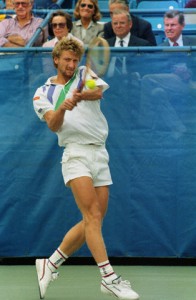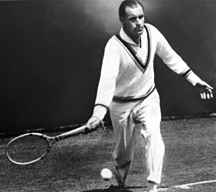Roger Federer’s Quest: 8 Tennis Records Out of His Reach? 16
Roger Federer possesses many, many ATP records.
Because he is the man many consider the GOAT (Greatest of All Time), that fact should surprise no one who has been following tennis since Federer began his assault on the record books.
Turning pro in 1998, Federer announced his arrival at the top of the men’s game in February of 2004 when he captured the No. 1 ranking for the first time.
From 2004 through 2007 Federer dominated, often winning three slams in a season. He held the No. 1 ranking a record 237 consecutive weeks.
But after winning slam No. 16 at the Australian Open in 2010, Federer’s pace slowed considerably.
Of late, however, Federer has once again been advancing upon long-held tennis records—those many believed safely chiseled in stone for the ages.
Federer has lost only two matches in 2012—to Rafael Nadal in the 2012 Australian Open semifinals and to John Isner in a five-set Davis Cup match in Switzerland. The world No. 3 stands at 22-2 having just won his last three tournaments in Rotterdam, Dubai and most recently at Indian Wells.
But no one individual can own all tennis records—can he?
Following are eight tennis milestones which many be beyond the Maestro’s reach. Or are they?
Number of Titles Won in the Open Era
Ensconced ahead of Federer for the record for the Most Titles Won in the Open Era are three tennis giants.
Federer, who remains active and able to add to his totals, has his work cut out for him if he hopes to end his career as No. 1 in this category.
By the end of 2011, Federer had won 70 titles since his first triumph in 2001. On average, the Swiss wins over six ATP titles a season
At age 30, however, and leaning toward the end of his career, winning six trophies a year might be a stretch, although you never count Federer out of any challenge.
